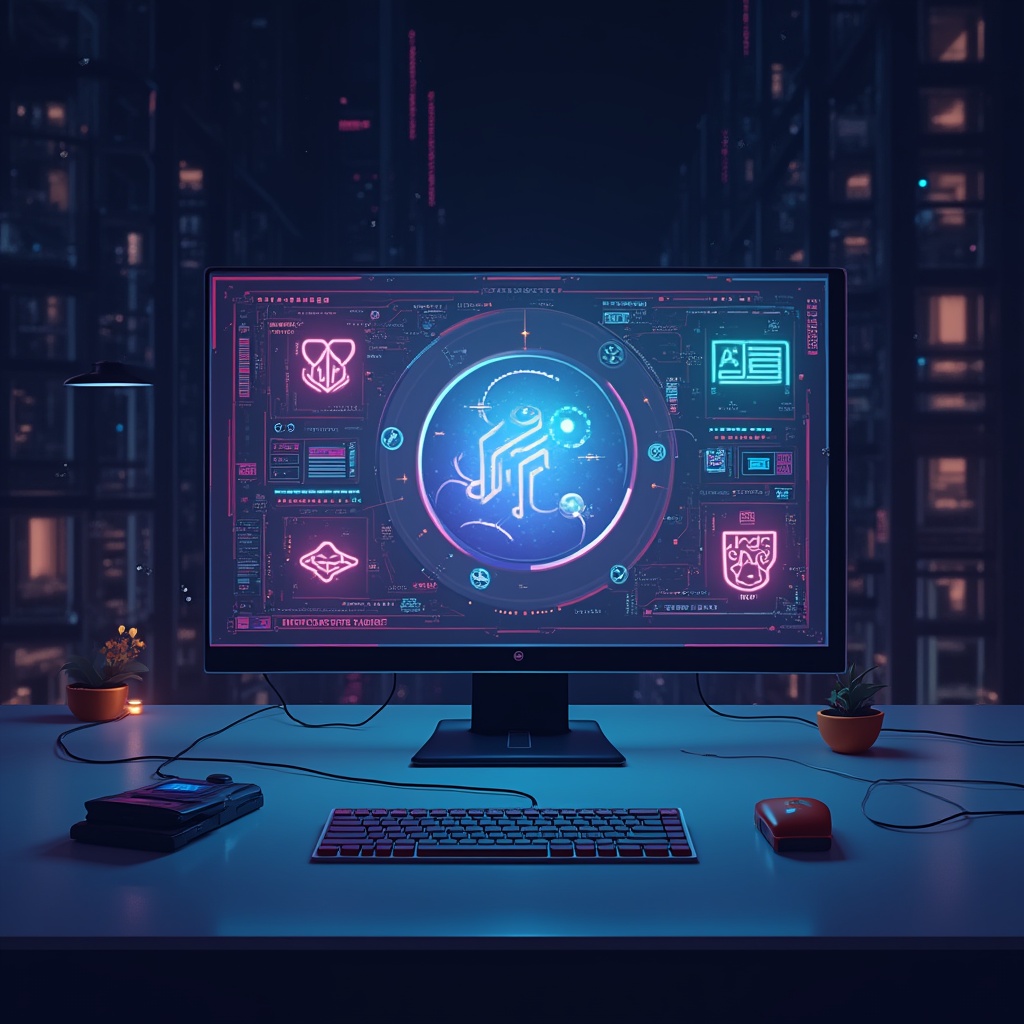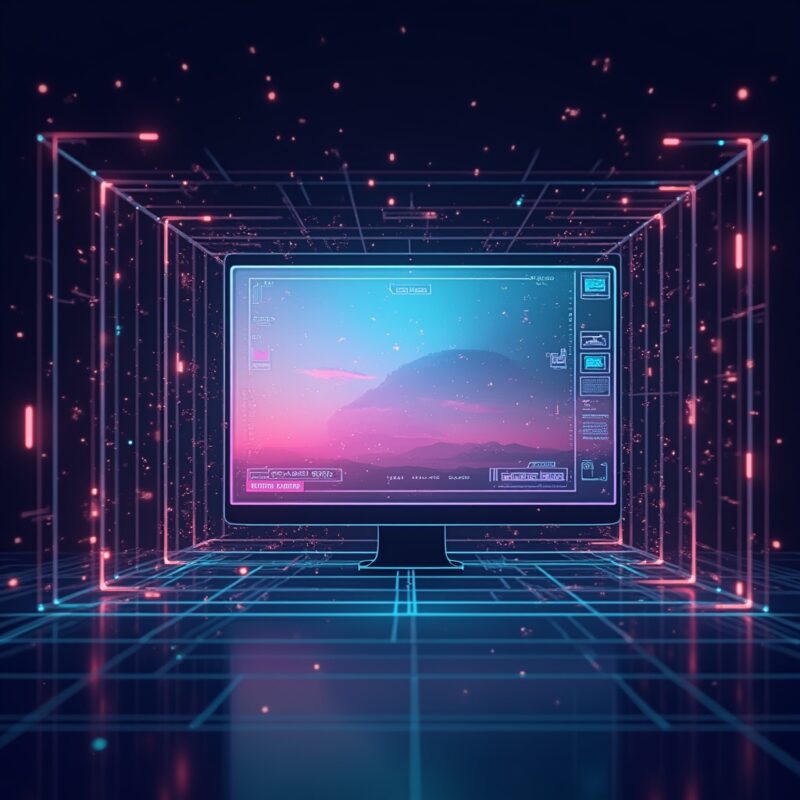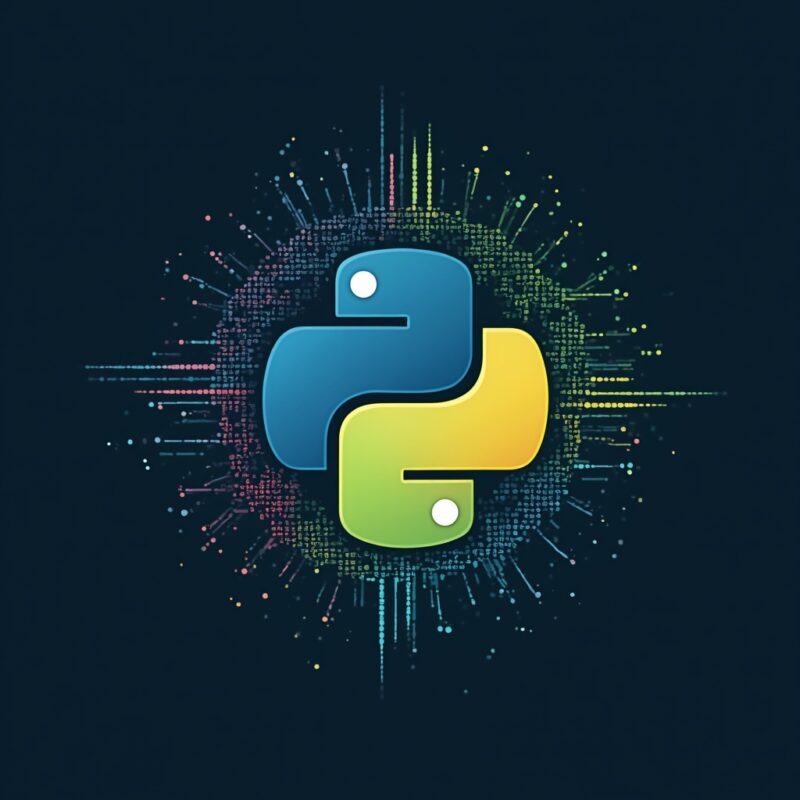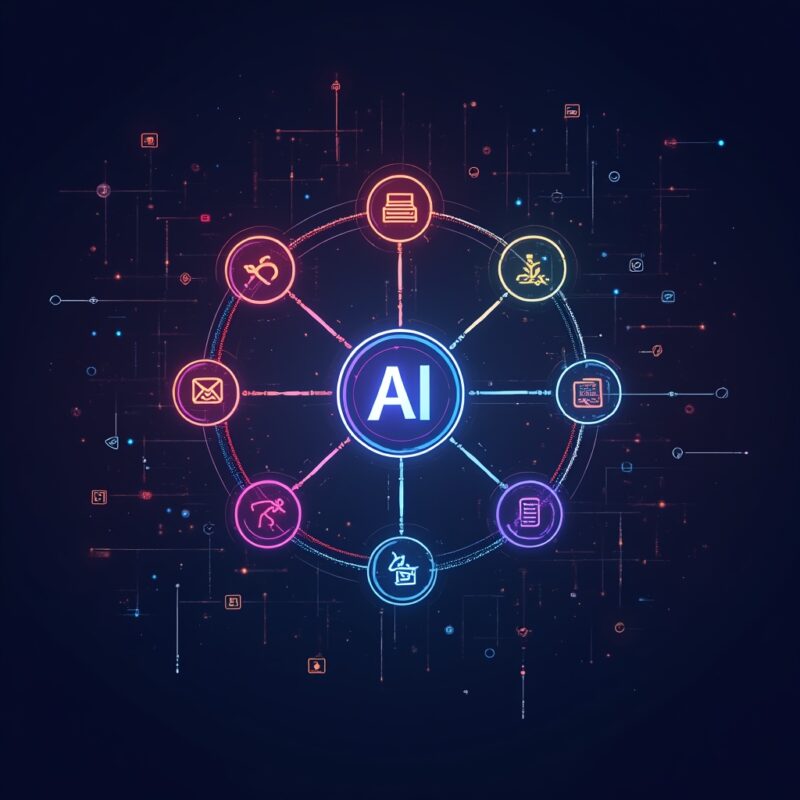Google AI Picture Generator: Complete User Guide

Google’s AI Picture Generator combines advanced image creation capabilities with user-friendly controls. Through Google Gemini (featuring “Nano Banana” technology), users can generate, edit, and transform images using simple prompts while adhering to content safety guidelines. It’s particularly useful for logo creation with its precision editing features.
Google AI Picture Generator: The Ultimate Creation Tool You Never Knew You Needed
You know that feeling when you need the perfect image for a project but can’t quite find it? Maybe you’ve spent hours scrolling through stock photos that look, well… stock-y. Or perhaps you’ve attempted to design a logo yourself only to end up with something that looks like it was created by a sleep-deprived toddler. Been there, done that, bought the therapy sessions.
Google’s AI Picture Generator—specifically the technology within Google Gemini—has quietly revolutionized how we create visual content. And lemme tell you, it’s changing the game for logo creation, image editing, and pretty much anything visual you can imagine.
Let’s break it down…
What Exactly Is Google Gemini’s Image Generator?
Google Gemini represents the tech giant’s comprehensive AI platform that combines text generation, coding assistance, and—most relevant to our discussion—powerful image creation capabilities. The image generation component, affectionately nicknamed “Nano Banana,” lets you create visuals from simple text prompts.
Unlike earlier AI image tools that spit out whatever bizarre interpretation they wanted (remember those early AI images with extra fingers and melting faces?), Gemini offers precision control for specific applications like logo design.
Key Features That Make It Stand Out
- Targeted transformations: Modify specific elements while leaving the rest intact
- Local edits: Change colors, styles, or components without regenerating the entire image
- Content safety: Built-in guidelines prevent misuse and inappropriate content
- Seamless ecosystem integration: Works within Google’s broader AI and productivity tools
Why Gemini’s Image Generator Matters for Logo Creation
If you’ve ever priced professional logo design, you know it can cost anywhere from hundreds to thousands of dollars. Google’s AI Picture Generator democratizes this process, making professional-quality logos accessible to startups, small businesses, and individual creators.
The magic happens in how Gemini understands brand context. You’re not just getting random pretty pictures—you’re getting visuals that align with your brand identity and vision. I once generated 12 different logo concepts in under 10 minutes, somethng that would have taken days with traditional methods.
Practical Applications Beyond Logos
- Social media graphics that maintain brand consistency
- Product mockups for pitches and presentations
- Custom illustrations for websites and marketing materials
- Conceptual visualizations for complex ideas
Learn more in
How to Create AI Videos: Ultimate Guide for Beginners
.
How to Access and Use Google Gemini for Image Generation
Getting started with Google’s AI image tools is remarkably straightforward, even if you’re not particularly tech-savvy. Here’s how you can dive in:
Setting Up Access
- Create a Google account (if you don’t already have one)
- Visit Google AI Studio at ai.google.dev
- Accept the terms of service and content guidelines
- Generate an API key if you want to integrate with your own applications
Using the Web Interface for Logo Creation
For most users, especially those creating logos, the web interface provides everything you need:
- Select the image generation feature from the dashboard
- Write a detailed prompt describing your desired logo (be specific about style, colors, and brand personality)
- Review the generated options and select the one closest to your vision
- Refine with follow-up prompts such as “Make the font bolder” or “Change the blue to a more teal shade”
- Download your finished logo in your preferred format
Pro Tips for Creating Killer Logos with Google Gemini
Having generated hundreds of logos with this tool, I’ve discovered some not-so-obvious techniques that significantly improve your results. The difference between an amateur-looking logo and a professional one often comes down to these details:
Crafting Effective Prompts
- Include industry context: “Create a modern logo for a tech startup focused on sustainability”
- Reference design styles: “Minimalist with elements of Scandinavian design”
- Specify color psychology: “Use blues and greens that convey trust and growth”
- Mention scalability: “Ensure the logo remains recognizable when scaled down for mobile”
Iteration Techniques
The secret to truly excellent results isn’t getting it perfect on the first try—it’s knowing how to iterate effectively:
- Start general, then refine: Begin with a broader concept, then narrow down based on what you like
- Use “elements from” prompts: “Keep the icon from version 3 but use the typography from version 7”
- Ask for variations: “Show me 5 variations of this logo with different color schemes”
- Try negative prompting: “Like this but without the gradient effect”
Common Myths About Google’s AI Image Generator
Let’s bust some widespread misconceptions that might be holding you back from embracing this powerful tool:
Myth 1: “AI-generated logos all look the same”
Reality: With proper prompting and iteration, Gemini can create highly distinctive logos. The sameness some people observe usually comes from using vague or generic prompts rather than limitations of the technology itself.
Myth 2: “You need technical expertise to use it effectively”
Reality: While advanced integration might require some technical knowledge, the web interface is deliberately designed for non-technical users. If you can write a detailed description, you can create effective images.
Myth 3: “AI-generated logos aren’t legally safe”
Reality: Google has implemented measures to prevent copyright infringement in its image generation. While no system is perfect, Gemini is designed to create original work rather than directly copying existing logos.
Myth 4: “The results aren’t customizable enough for professional use”
Reality: The targeted editing capabilities allow for extensive customization. Many professional designers now use AI generation as a starting point, then refine the results with traditional design tools.
Learn more in
How to Create AI Videos: Ultimate Guide for Beginners
.
Real-World Success Stories: From Prompt to Perfect Logo
Sometimes the best way to understand a tool’s potential is through concrete examples. Here are three real cases where businesses successfully created their brand identity using Google’s AI image generator:
Case Study 1: Tech Startup Rebrand
A software company needed to refresh their dated logo but had minimal budget. Using Google Gemini, they created a modern, abstract representation of their data visualization product. The prompt emphasized simplicity and memorability. After just seven iterations, they had a logo that their customer feedback group preferred over their original design by a 3:1 margin.
Case Study 2: Food Truck Launch
A chef launching a Korean-Mexican fusion food truck needed a logo that communicated the culinary crossover. The initial prompt specified “vibrant colors representing both Korean and Mexican cuisines with a playful street food vibe.” The final design successfully incorporated elements from both cultures while remaining simple enough to work on signage, menus, and social media.
Case Study 3: Personal Brand for a Consultant
A financial advisor wanted a personal brand logo that conveyed trust and expertise without being stuffy. Through iterative prompting that specified “professional but approachable, with subtle nods to growth and stability,” they developed a distinctive monogram style logo that worked across all their professional platforms.
Limitations to Keep in Mind
Despite its impressive capabilities, Google’s AI image generation isn’t a magic solution for every visual need. Being aware of these limitations helps set realistic expectations:
- Text handling: Complex text integration within images can sometimes result in gibberish or misspellings
- Ultra-specific brand guidelines: While adaptable, the system may struggle with highly technical brand requirements
- Content restrictions: Certain types of content (like realistic human faces for commercial purposes) face limitations
- Resolution constraints: Output resolutions have upper limits, potentially requiring additional processing for large-format applications
What’s Next for Google’s AI Image Generation?
The technology behind Gemini’s image generation capabilities continues to evolve rapidly. Based on Google’s development patterns, we can expect several exciting enhancements in the near future:
- Enhanced resolution options for print-quality output
- Advanced animation capabilities for creating dynamic logos and graphics
- Better typography handling for text-heavy designs
- More precise control systems for professional designers
- Expanded template libraries for industry-specific design needs
Google’s AI Picture Generator represents a fundamental shift in how we approach visual content creation. Whether you’re a solopreneur creating your first logo or an established business refreshing your visual identity, the tool offers an accessible, powerful platform for bringing your visual ideas to life.
The gap between imagination and creation has never been smaller. And that’s pretty darn exciting.












